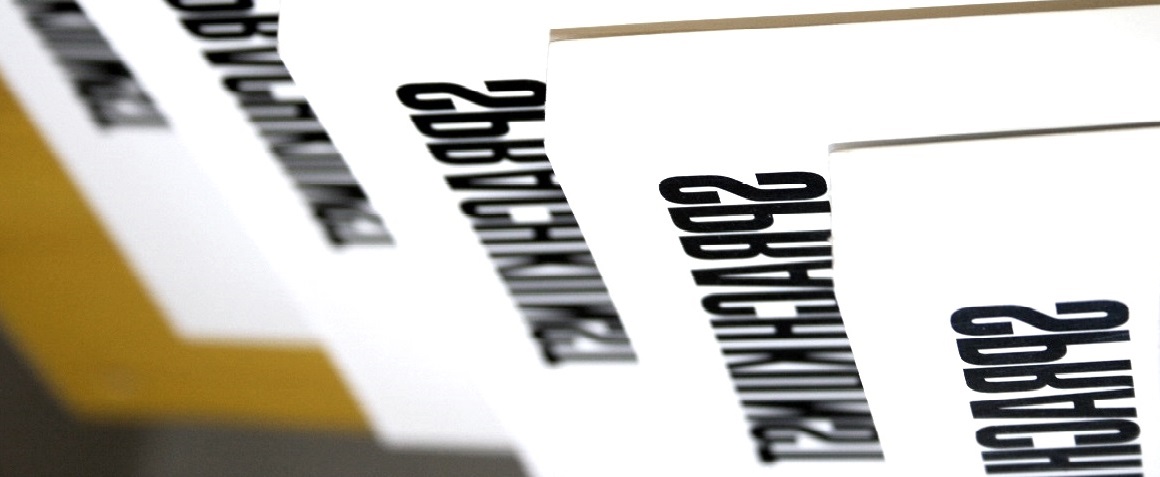Beatrix Müller-Kampel (Graz): Das Komische und seine Theorien Oder Was für eine Analyse der Komödie übrig bleibt.
doi: 10.1553/spk40_2s301
Zur Disposition stehen die zentralen komiktheoretischen Thesen der Distanztheorie, Energietheorie, Inkongruenztheorie, Superioritätstheorie, Subversivitätstheorie und Kipptheorie. Das Fazit: Komik operiert gegenständlich immer mit Kontrasten, Konflikten und Gegenbildern, strukturell mit dem Aneinander-Vorbei, dramaturgisch mit hohem Tempo und dem "Kippen" von Situationen. Vor allem hängt Komik aber ab von der spielerischen Gestimmtheit des Publikums sowie der Gruppe, Schicht, Kultur, die definieren, worüber gelacht werden darf.
The article considers the main theories concerning the comic genre: the concepts of distance, incongruity, superiority, subversiveness, the phenomenon of the tipping point, and the function of energy relief. It arrives at the conclusion that comic art always consists in contrasts, conflicts, and countermoves; structurally it arises from talking at cross purposes, dramatically it proceeds at high speed and the tipping of situations. It depends mainly on the playful mood of the audience and the group, class, culture which decides what may be laughable.


